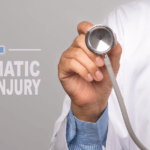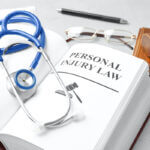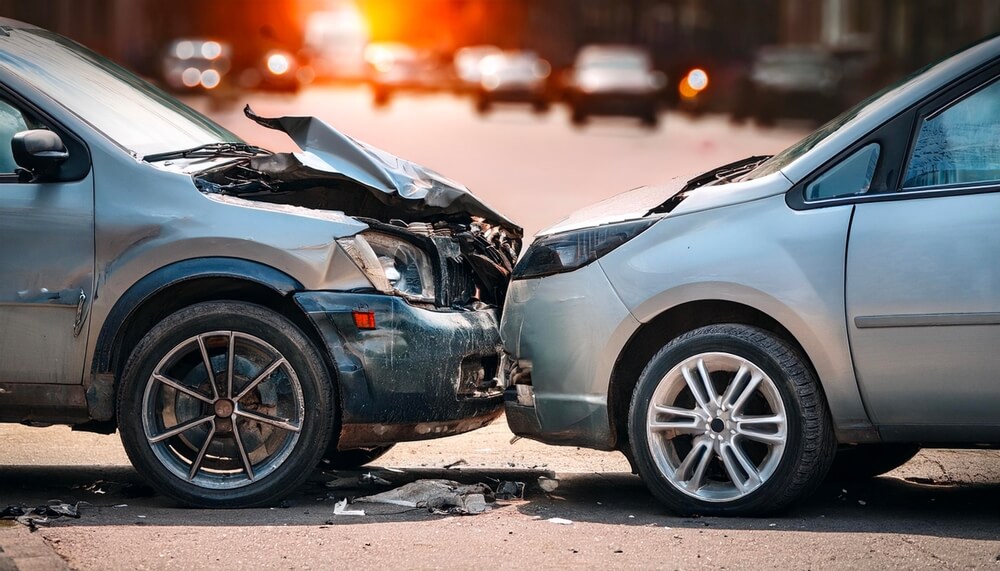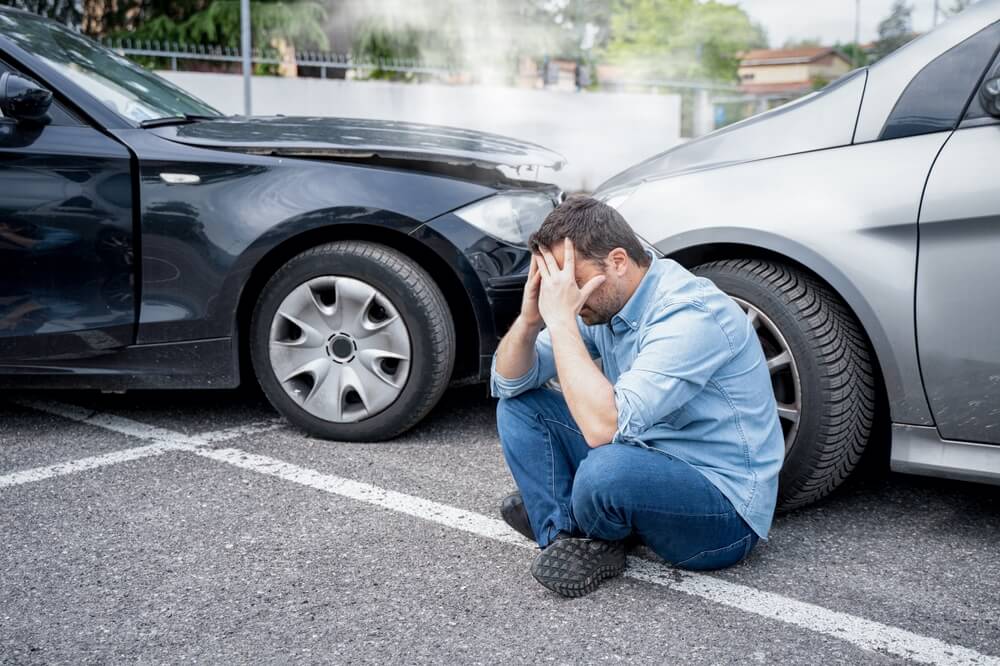
Partner at AKD Lawyers
Practice Areas: Personal Injury, Insurance Claims
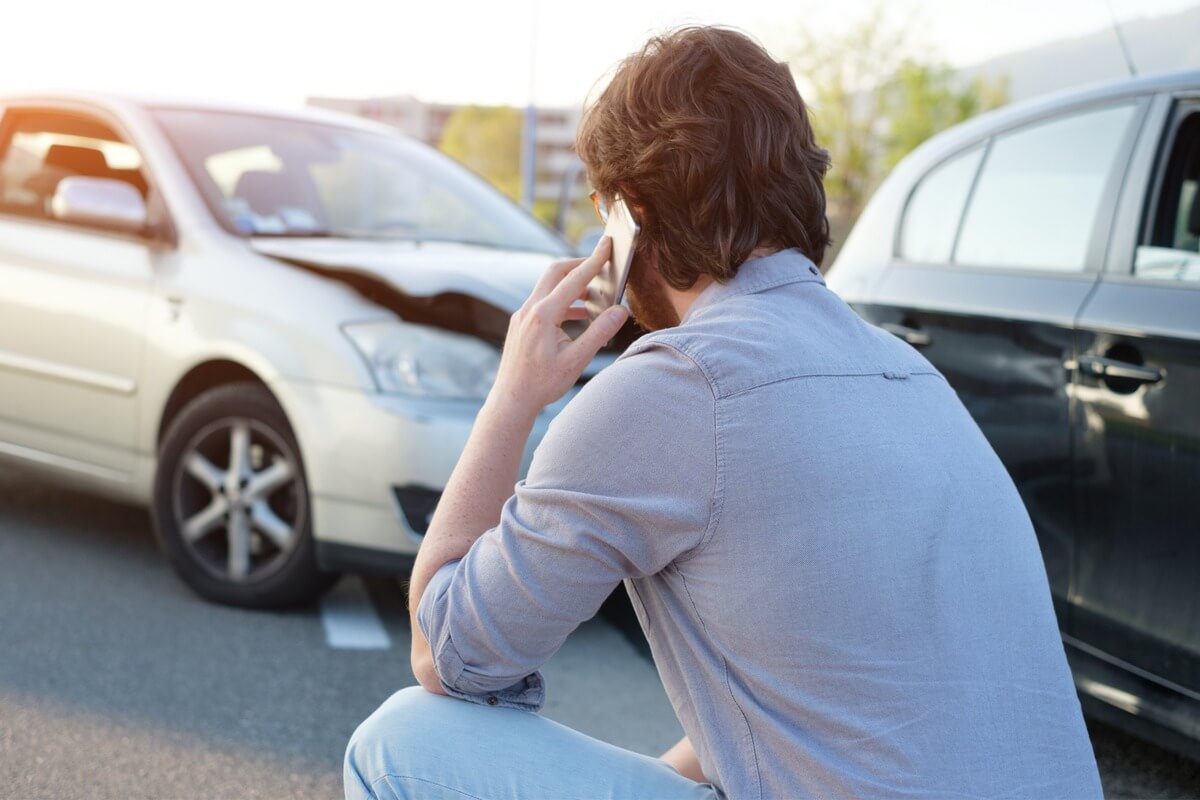
When you’re involved in a car accident, figuring out who’s at fault can seem straightforward if only two vehicles are involved. But what if multiple cars or multiple drivers are contributing to the collision? Understanding liability in multi-car accidents in Louisiana can be confusing and overwhelming. If you’ve recently been involved in such an accident, you’re likely wondering how to prove who was responsible, how insurance claims will be handled, and whether multiple parties could share fault.
This blog will clearly explain the complexities surrounding multi-vehicle car accidents in Louisiana, from state laws to evidence required for insurance claims. Let’s dive in.
Understanding Louisiana’s Pure Comparative Negligence Law
Louisiana uses a legal framework called “pure comparative negligence” to decide who pays for damages after a car accident. Under this system, each driver involved in an accident can be assigned a certain percentage of fault. Even if you were partially responsible, you could still recover compensation, but your percentage of fault would reduce the amount you receive.
For example, imagine you have damages totaling $100,000, but the court determines you were 30% at fault for the accident. In that scenario, your compensation would be reduced by 30%, meaning you’d receive $70,000. This rule is particularly significant in multi-vehicle crashes, where more than one driver usually shares responsibility.
“Louisiana follows the pure comparative negligence rule (Louisiana Civil Code Article 2323). Under this statute, an injured person’s damages are reduced proportionally based on their degree of fault.”
Common Types of Multi-Vehicle Accidents and How Liability is Determined
When it comes to multi-car accidents, there are a few common scenarios that tend to involve multiple drivers. Here’s a detailed breakdown of these situations and how liability is typically assessed:
Rear-End Collisions
Rear-end collisions occur when one car hits the vehicle directly in front. While the driver at the rear is often assumed to be at fault, exceptions exist. For example, if a third car rear-ends the second car, pushing it forward into another vehicle, the responsibility might shift or be shared.

Similarly, if the lead driver suddenly brakes without proper reason or signals, they might also bear partial responsibility. These collisions are prevalent—about 29% of severe traffic injuries result from rear-end crashes.
Intersection Crashes
Intersections are high-risk locations, with nearly 40% of car accidents in the U.S. occurring at these points. Intersection crashes often involve multiple vehicles due to illegal turns, drivers running red lights, or misjudging the speed and position of oncoming traffic.
For example, two drivers rushing through a yellow light could collide, resulting in liability being shared between them. Determining fault in intersection collisions requires careful evaluation of traffic signals, eyewitness accounts, and driver behavior.
“Approximately 40% of all vehicle accidents in the United States occur at intersections, making them one of the most common settings for multi-vehicle accidents.”
Lane Change and Merge Accidents
Lane changes and merging onto busy highways are frequent scenarios for multi-vehicle crashes. These occur when drivers don’t check their blind spots, fail to signal, or underestimate the speed of nearby vehicles.
For instance, if two drivers simultaneously attempt to merge into the same lane without proper signals, both could be held partially liable for the resulting crash. Careful analysis of vehicle positioning and driver actions is essential here.
Head-On Collisions
Head-on collisions are among the deadliest accidents. They typically occur when drivers mistakenly enter lanes moving in the opposite direction or due to intoxication or distracted driving.
However, even when the fault initially seems clear, multiple parties can share responsibility—mainly if another driver’s reaction contributed to the collision.
Evidence Needed to Prove Fault in Multi-Vehicle Accidents
To effectively determine fault and liability in a multi-car crash, solid evidence is essential. Gathering accurate and timely evidence helps victims build a strong case, ensuring fair compensation. Key types of evidence include:
Photographic and Video Evidence
Photos taken immediately after the accident, along with traffic camera or dashcam footage, provide clear visual records of events. Photographs can reveal important details like skid marks, road conditions, and initial vehicle positioning.
Vehicle Damage Assessment
Inspecting the extent and type of vehicle damage helps investigators reconstruct how an accident unfolded. For example, side-impact damage often points to improper lane changes, while rear-end damage can indicate tailgating or sudden stops.
Event Data Recorder (EDR or “Black Box”) Data
Modern vehicles contain an Event Data Recorder, known as a “black box,” which captures key data like speed, braking, steering input, and airbag deployment moments before impact. This data provides objective evidence, making it crucial when disputes arise.
Eyewitness Statements
Statements from witnesses help establish context and clarify the sequence of events. While valuable, witness accounts should always be supported by physical evidence because memories can be subjective or inaccurate.
Accident Reconstruction Experts
In complicated cases, professional accident reconstruction specialists analyze all available evidence to determine fault conclusively. These experts offer authoritative opinions, making them invaluable during legal proceedings.
How to Describe a Multi-Car Accident for an Insurance Claim
When dealing with insurance claims, it’s essential to provide a clear and detailed description of the accident. Here’s what your description should include:
- Date, time, and exact location of the accident.
- Road and weather conditions at the time of the incident.
- An accurate sequence of events, identifying each vehicle involved.
- Objective descriptions of driver behaviors (e.g., “Driver A was speeding,” rather than “Driver A was reckless”).
Keep your descriptions factual and avoid admitting fault prematurely, as insurance companies carefully analyze your statements.

Importance of Legal Representation in Multi-Car Accident Claims
Handling a multi-vehicle accident claim can quickly become overwhelming as each party’s insurance company tries to minimize its liability. Involving a skilled lawyer can make all the difference. Attorneys know how to gather crucial evidence, negotiate with insurers, and protect your legal rights effectively.
At AKD Alvendia, Kelly & Demarest, we specialize in representing victims involved in multi-car accidents. Our attorneys understand Louisiana’s comparative negligence laws inside out and can help you pursue fair compensation efficiently.
“Event Data Recorders (EDR), also known as ‘black boxes,’ capture vital data like vehicle speed and brake usage, playing a significant role in accident investigations.”
FAQs about Multi-Vehicle Car Accidents in Louisiana
How is fault determined in a multi-vehicle car accident?
Fault determination involves analyzing physical evidence, such as vehicle damage, skid marks, traffic footage, eyewitness accounts, and black box data. Investigators combine these factors to accurately assign each driver’s proportionate share of responsibility for the accident.
Can I still get compensation if I was partly at fault?
Yes. Under Louisiana’s pure comparative negligence rule, you can recover compensation even if you were partially at fault. However, your settlement or award will be reduced by your percentage of fault. For example, 20% fault means your compensation would be reduced by 20%.
What happens if multiple drivers share fault in my accident?
When multiple drivers share fault, liability is divided based on each driver’s role in causing the accident. Each party then pays compensation proportionate to their degree of fault, either through their insurer or personally if uninsured.
What should I do immediately after a multi-car accident?
Immediately after the accident, call emergency services, take photographs or videos of the scene, exchange information with other drivers, collect witness contact details, get medical attention, and consult an experienced car accident attorney as soon as possible.
Is there a time limit for filing a claim in Louisiana?
Yes. In Louisiana, the statute of limitations typically allows one year from the date of the accident to file a personal injury claim. Delays can jeopardize your legal rights, so acting swiftly is crucial.
Conclusion
Multi-vehicle accidents are complicated, but knowing how Louisiana law applies and what evidence you need significantly simplifies the process. Clearly documenting the accident, understanding your rights under comparative negligence laws, and obtaining experienced legal representation are critical steps toward securing fair compensation.
If you’ve been injured in a multi-vehicle accident, the experienced attorneys at AKD Alvendia, Kelly & Demarest are here to support you. Our skilled team understands the complexities of Louisiana’s car accident laws and can guide you step-by-step in fighting for compensation.
Contact us today to schedule your free consultation and let our skilled attorneys advocate for you.
Categories
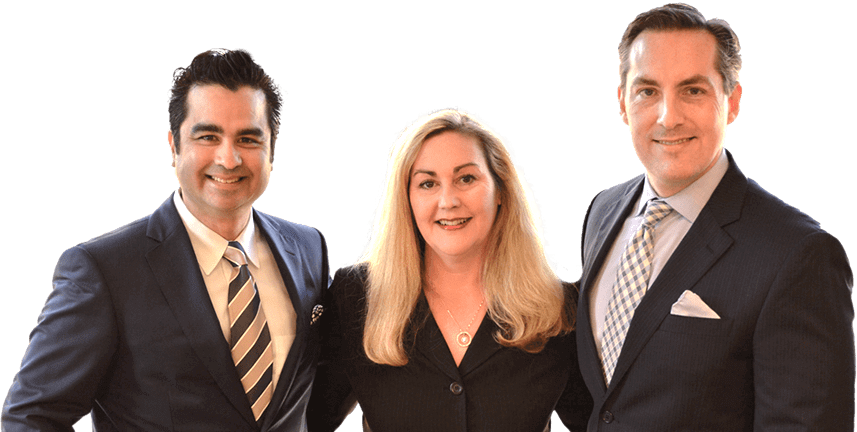
In 2003, after being dissatisfied with the quality of legal care for victims of car accidents, Roderick ‘Rico’ Alvendia sought to establish a new firm focused on providing high-quality legal services to aid injured victims and their families. J. Bart Kelly, sharing Rico’s passion for upholding justice, joined the firm later that year, and established a partnership.

